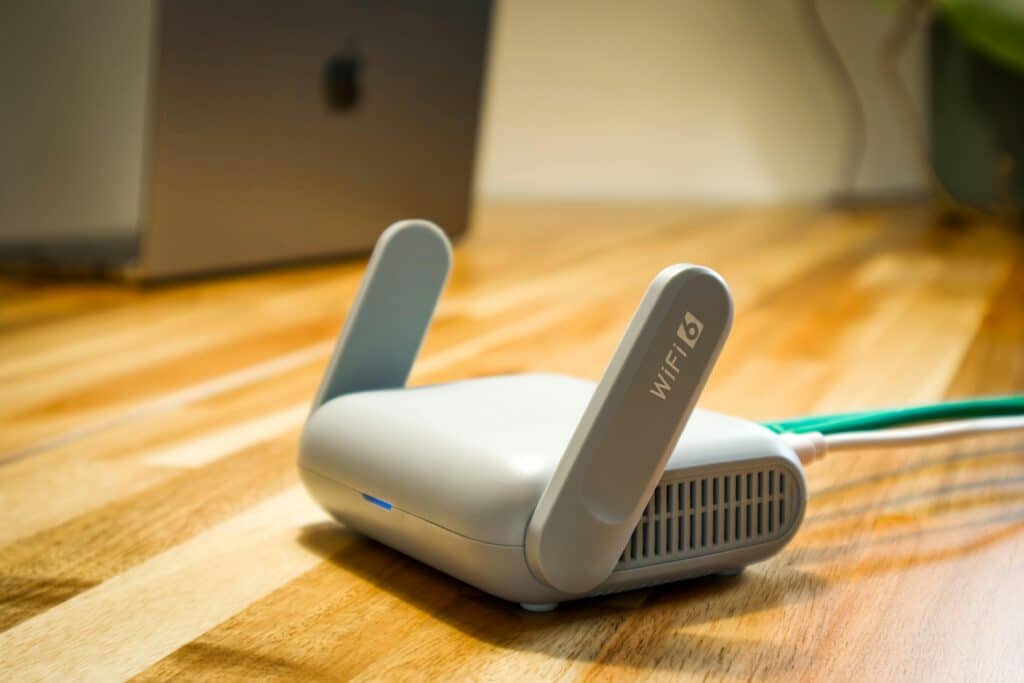
A WiFi extender is one of the simplest ways to boost weak signals in larger homes or offices. If your router’s coverage doesn’t reach every corner, adding an extender can eliminate dead zones. But to ensure it works properly, you need to connect it correctly to your router. Along the way, we’ll also share some troubleshooting tips and explain when it’s best to call a professional WiFi technician.
What is a WiFi Extender?
A WiFi extender, often called a repeater or booster, captures the existing WiFi signal from your router and rebroadcasts it. This helps devices in areas with weak connections access the internet with stronger and more stable speeds. Unlike installing a new router or mesh system, extenders are affordable and simple to set up. However, the key to getting the best performance depends on how you connect it.
Things You’ll Need Before Setup
Before connecting your WiFi extender to your router, make sure you have:
- A working WiFi router with stable internet access.
- The WiFi extender (powered on and close to the router for initial setup).
- Router login credentials (SSID and password).
- A smartphone, tablet, or computer to configure the extender.
Pro tip: Keep the extender halfway between your router and the dead zone for best coverage.
Methods to Connect a WiFi Extender to a Router
1. Using the WPS Button
The WPS (WiFi Protected Setup) method is the easiest way to connect.
Steps:
- Plug in the WiFi extender and turn it on.
- Press the WPS button on your router.
- Within 2 minutes, press the WPS button on the extender.
- Wait until the LED indicator shows a stable connection (often green or blue).
This automatically pairs your extender with the router, no manual entry required.
2. Using a Web Browser Setup
If your router or extender doesn’t support WPS, the browser method is the way to go.
Steps:
- Plug in the extender and connect your device to the extender’s temporary network (e.g., “EXTENDER_SETUP”).
- Open a browser and type the extender’s IP address (usually 192.168.x.x) or setup URL.
- Log in with default credentials (printed on the extender).
- Select your router’s SSID from the list of available networks.
- Enter your WiFi password.
- Save settings and wait for the extender to reboot.
Now the extender will rebroadcast your router’s WiFi under the same or a slightly modified SSID (e.g., “HomeNetwork_EXT”).
3. Using a Mobile App
Some modern extenders come with companion apps (e.g., TP-Link Tether, Netgear Nighthawk).
Steps:
- Download the app on your smartphone.
- Connect to the extender’s temporary WiFi.
- Open the app and follow the guided instructions.
- Enter your router’s SSID and password when prompted.
- Save and let the extender sync.
Placement Tips for Best Results
- Place the extender where it can still receive a strong signal from the router.
- Avoid putting it near microwaves, cordless phones, or thick walls.
- Use the extender’s signal strength indicator lights to find the sweet spot.
Common Problems and Fixes
- Extender not connecting → Reset it and try again.
- Slow speeds → Place closer to the router or upgrade to a dual-band extender.
- Connection drops often → Update firmware for both router and extender.
- Confusing multiple SSIDs → Use the same SSID for seamless roaming.
If these don’t work, a certified wifi technician can quickly diagnose whether the issue lies with the router, extender, or your internet provider.
When to Call a WiFi Technician
- If you’ve tried WPS, browser, and app setup without success.
- If your internet speed is still poor after setup.
- If you need professional placement for large homes or offices.
- For advanced setups like mesh WiFi or multiple extenders.
A professional ensures your network is optimised and secure, saving you hours of trial and error.
Read Also: How to Renew a Health Card in UAE (2025 Guide)
Conclusion
Setting up a WiFi extender to connect with your router isn’t complicated, but it does require following the right steps. Whether you use WPS, browser setup, or a mobile app, the goal is the same extend coverage and remove dead zones. By placing the extender properly and keeping your firmware updated, you’ll notice a big improvement in connectivity.

